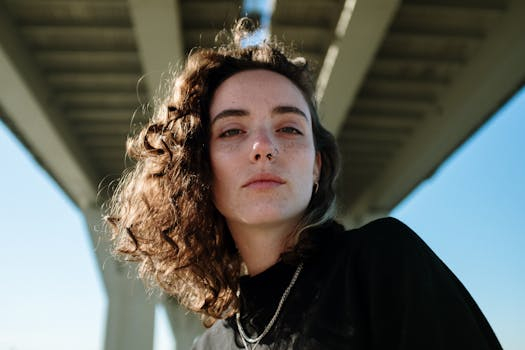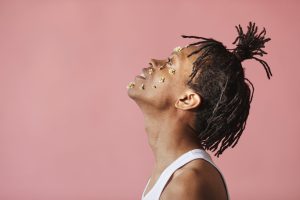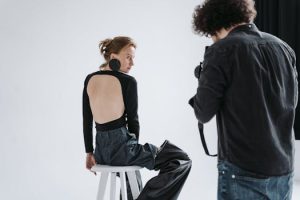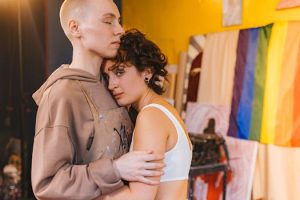Fashion Shows That Challenged Industry Norms
Fashion shows have long been an integral part of the fashion industry, showcasing the latest trends and designs from top designers. However, like any other establishment, fashion shows have also been subject to certain norms and expectations. These norms can include everything from the models’ body type to the clothing size, leaving little room for diversity and inclusivity. However, some fashion shows have challenged these industry norms and paved the way for a more diverse and inclusive fashion industry. Let’s take a look at some fashion shows that have made a bold statement by challenging industry norms.
Breaking the Mold: Plus-Size Fashion Shows
For many years, the fashion industry has been criticized for its unrealistic and unhealthy beauty standards. With models often being portrayed as tall, thin, and perfect, many have felt left out and unrepresented. However, in recent years, plus-size fashion shows have emerged as a breath of fresh air in a seemingly homogenous industry. These shows feature models of different sizes, shapes, and backgrounds, shining a light on the fact that beauty comes in all forms.
The Evolution of Plus-Size Fashion Shows
In 2014, Australian designer Alex Perry made headlines when he featured plus-size models on his runway, a first for the brand. This move sparked a debate in the fashion industry, but it also opened the door for other designers to follow suit. In 2018, the first-ever plus-size fashion show at New York Fashion Week took place, featuring models of all sizes and ethnicities. Since then, major fashion events such as London Fashion Week and Paris Fashion Week have also included plus-size models on their runways.
These plus-size fashion shows not only challenge industry norms but also cater to a larger audience. The demand for more inclusive fashion is evident, with more and more people feeling represented and embraced by these shows. It has also sparked a body positive movement, encouraging people to embrace their bodies and feel confident in their skin.
Diversity and Inclusivity: The Rise of Hijab Fashion Shows
In addition to body type diversity, another area in which fashion shows have challenged industry norms is religion. While the hijab – a headscarf worn by Muslim women – has traditionally been seen as a barrier for Muslim women to participate in fashion, hijab fashion shows have proven otherwise.
The first hijab fashion show took place in 2014 at Indonesia Fashion Week, and since then, it has become a global phenomenon. These shows feature models wearing modest yet fashionable clothing, showcasing that style has no boundaries and can be achieved while adhering to religious values.
Empowering Muslim Women
Through these fashion shows, Muslim women have found representation and a voice in the fashion industry. They have also helped redefine beauty standards and inspire others around the world to embrace their culture and faith while pursuing their passion for fashion.
Redefining Beauty: Inclusive Casting on the Runway
In recent years, designers have also challenged industry norms by featuring models of different ages, ethnicities, and genders on their runways. These inclusive castings reflect the diversity of the world we live in and highlight that fashion is for everyone.
The Impact of Inclusive Castings
Not only do these inclusive castings break stereotypes and challenge societal norms, but they also show the power of representation in the fashion industry. Seeing someone who looks like you on a runway can be empowering and inspiring, making you feel included and represented. It also allows designers to showcase their collections on a wider range of models, making their clothing more accessible and appealing to a diverse customer base.
In conclusion, fashion shows that challenge industry norms play a vital role in shaping an inclusive and diverse fashion industry. They have the power to break stereotypes, redefine beauty standards, and inspire people to embrace their unique identity. By pushing boundaries, these fashion shows are paving the way for a more inclusive and representative future in the fashion world.










